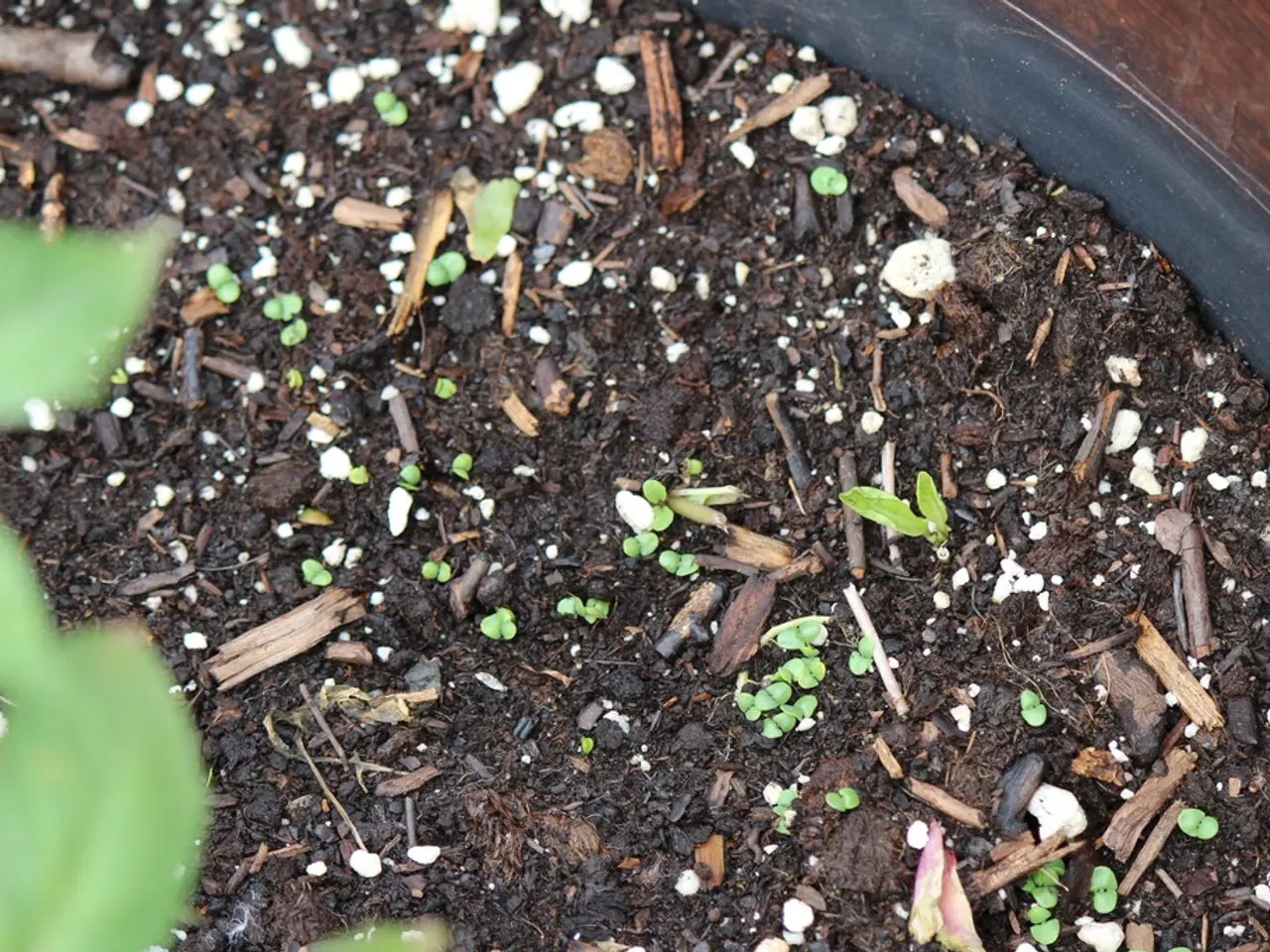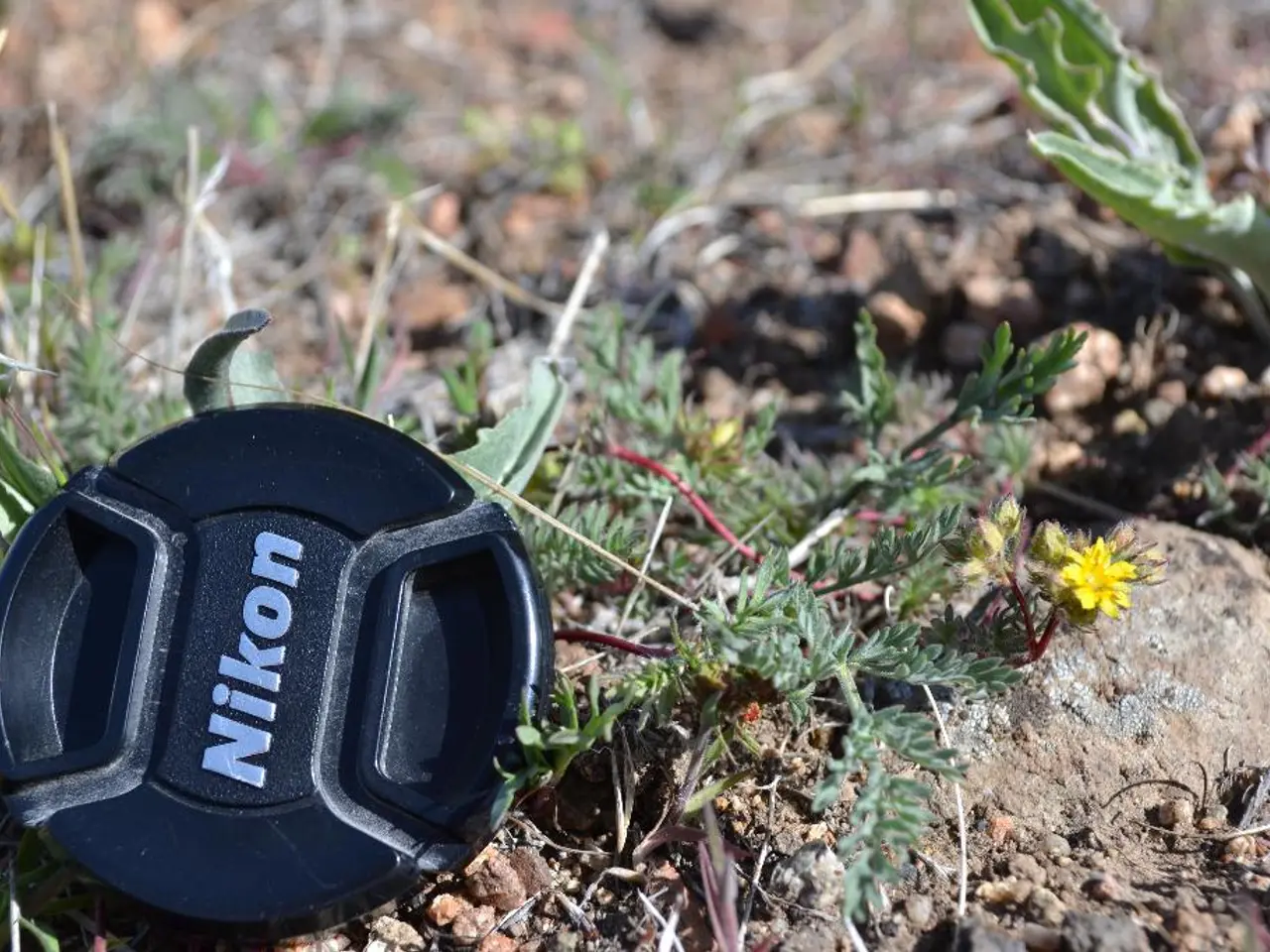Essential Guide to Soil Analysis: Crucial Information for Cultivating a More Vibrant Garden
When it comes to understanding the composition of garden soil, both home soil tests and lab soil tests have their merits. Here's a breakdown of the advantages and disadvantages of each, helping gardeners make an informed decision based on their specific needs and budget.
### Home Soil Tests
Home soil tests offer a quick and convenient solution for gardeners seeking immediate results. These tests are relatively inexpensive and can be done at any time without the need for lab results or shipping. However, their accuracy may not always match that of professional lab tests, and they typically measure only pH and basic nutrients, not a comprehensive range of soil properties.
### Lab Soil Tests
Lab soil tests provide a more detailed and accurate analysis of soil properties, including contaminants, salinity, and other physical and chemical characteristics. Reports often come with expert advice on how to interpret results and make necessary adjustments. The downside is that lab tests are typically more expensive, require waiting for results, and involve the inconvenience of packing and shipping samples.
Amy Grant, a professional chef and gardener with 30 years of experience, specialising in culinary gardening, emphasises the importance of taking samples from various areas of the garden for a comprehensive understanding of the landscape's soil composition. To ensure the most accurate results, gardeners should follow best practices when collecting soil samples, such as clearing debris or weeds from the sampling area, bagging samples in sealed plastic bags, and labelling them with the collector's name, date, and area from where they were collected.
In established gardens, soil should be tested every 3-5 years, while before planting in new gardens, it's crucial to test the soil first. For those who find interpreting soil test results difficult, local extension offices or Master Gardeners can provide assistance. County extension offices may also provide basic soil testing or help find a lab nearby.
Ultimately, the choice between home soil tests and lab soil tests depends on the gardener's specific needs and budget. Home soil tests offer convenience and cost-effectiveness but may lack precision and comprehensiveness, while lab tests offer high accuracy and detailed analysis but are more expensive and time-consuming. By considering these factors, gardeners can make the best decision for their gardens.
Gardener Amy Grant, with her expertise in culinary gardening, suggests that for a comprehensive understanding of the garden's soil composition, taking samples from different areas is essential. Furthermore, to ensure accuracy in the results, it's crucial for gardeners to follow best practices when collecting soil samples, such as clearing debris, using sealed bags, and proper labeling.




